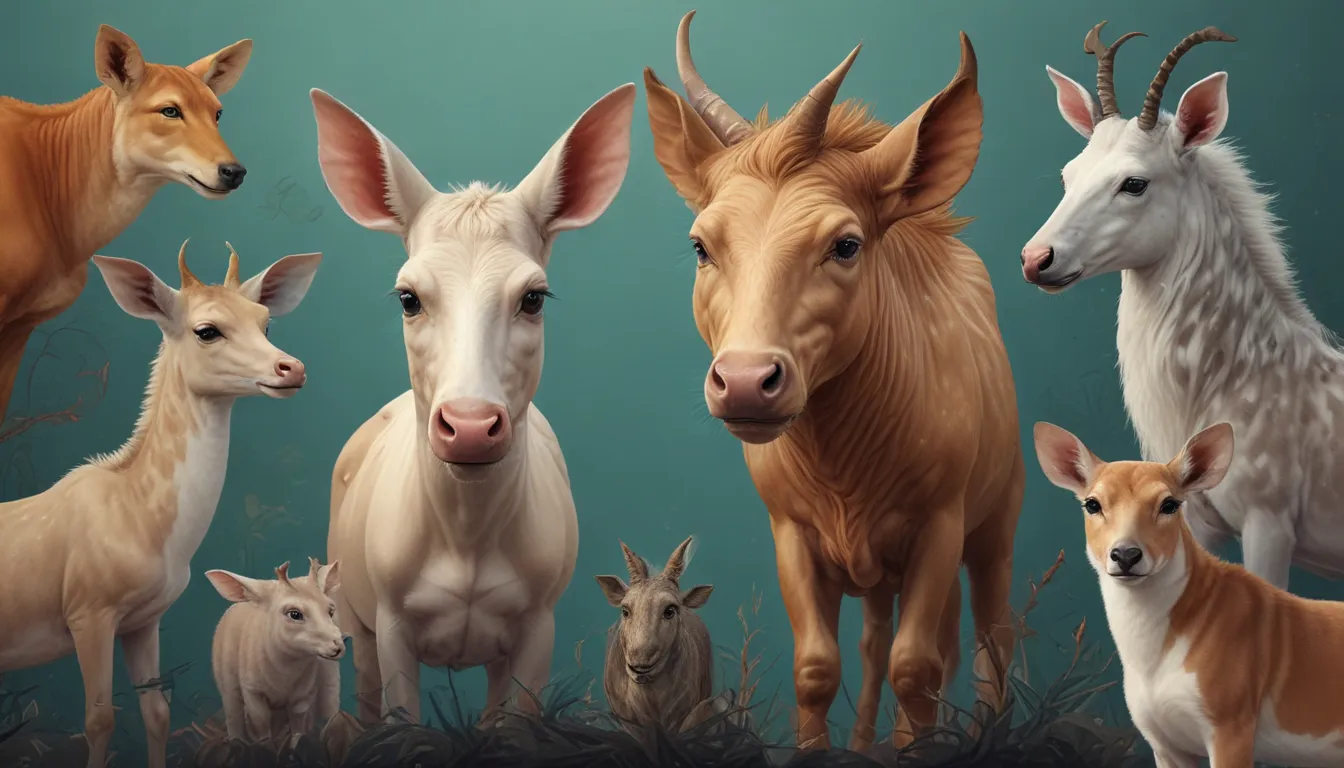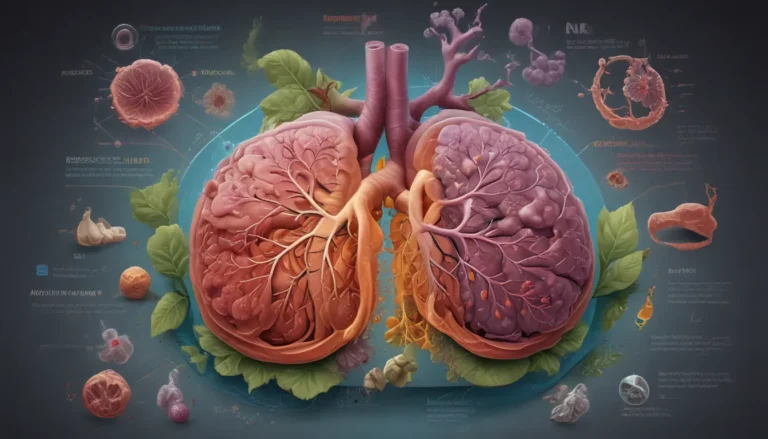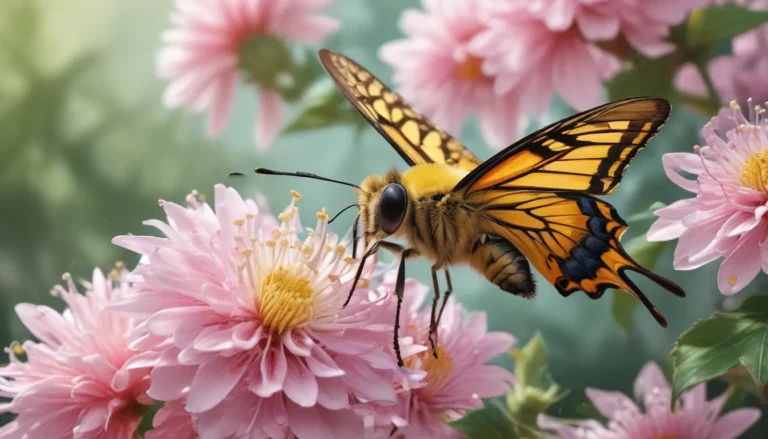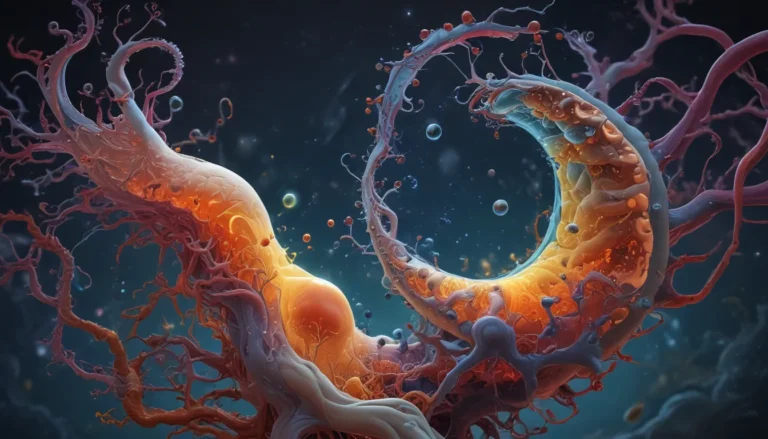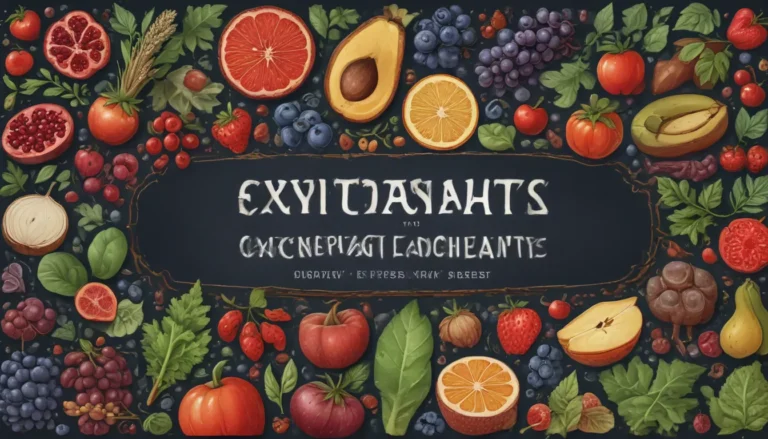A Note About Images: The images used in our articles are for illustration purposes only and may not exactly match the content. They are meant to engage readers, but the text should be relied upon for accurate information.
Genetic engineering has brought forth a world of wonders with the creation of transgenic animals. These remarkable creatures, also known as genetically modified animals, have captivated scientists and sparked debates on the ethics and implications of manipulating genes to achieve extraordinary results. From glow-in-the-dark pigs to goats producing spider silk, transgenic animals offer a glimpse into the future of medicine, agriculture, and conservation.
Unveiling the Marvels of Transgenic Animals
Transgenic animals represent a groundbreaking intersection of science and genetics, showcasing the limitless possibilities of genetic engineering. These creatures not only challenge conventional norms in the animal kingdom but also present solutions to pressing challenges in various sectors. Let’s embark on a journey to explore 20 awe-inspiring facts about transgenic animals that will broaden your horizons and deepen your understanding of this cutting-edge field.
The Illuminating Glow of Transgenic Pigs
- Glow-in-the-Dark Pigs: Scientists have introduced a jellyfish gene into the DNA of pigs, resulting in these remarkable animals emitting a soft, ethereal glow under UV light. Imagine a farm illuminated by neon pigs, a true marvel of genetic engineering!
Nature’s Collaboration: Spider-Goats and Their Silk
- Spider-Goats: Yes, you heard it right! Goats have been genetically modified to produce spider silk proteins in their milk. This revolutionary approach yields ultra-strong and lightweight materials, exemplifying the extraordinary partnerships that genetic engineering can forge.
Towards Environmental Sustainability: The Enviropigs
- Enviropigs: These eco-friendly swine have been genetically modified to produce less waste pollutants, offering a sustainable alternative to traditional pig farming practices. A significant stride towards harmonizing animal agriculture with environmental conservation efforts.
Revolutionizing Poultry Farming: Featherless Chickens
- Featherless Chickens: Designed to thrive in hot climates and minimize the spread of avian diseases, these genetically modified chickens redefine poultry farming practices. With featherless traits, they exemplify the adaptability and resilience of transgenic animals.
Combatting Disease: Anti-Malaria Mosquitoes
- Anti-Malaria Mosquitoes: Scientists have engineered transgenic mosquitoes that are resistant to the malaria parasite, paving the way for innovative strategies in disease control and prevention. A promising step towards mitigating the impact of mosquito-borne illnesses.
Enhancing Aquaculture: AquAdvantage Salmon
- AquAdvantage Salmon: By incorporating a growth hormone gene, scientists have accelerated the growth rate of these salmon, meeting market demands efficiently. This genetic modification not only benefits seafood production but also demonstrates the potential of transgenic animals in aquaculture.
A Boon for Medicine: Human Protein-Producing Goats
- Goats Producing Human Proteins: Beyond their mountain-climbing abilities, transgenic goats have been engineered to produce essential human proteins in their milk. These proteins play a pivotal role in developing life-saving drugs, revolutionizing the landscape of medical advancements.
Diving into Neon Hues: The Mesmerizing World of GloFish
- GloFish: These transgenic zebrafish captivate with their vibrant neon colors, courtesy of fluorescent proteins inserted into their DNA. A mesmerizing addition to aquariums, highlighting the aesthetic appeal and genetic diversity of transgenic animals.
Pioneering Immunization: Vaccine-Producing Animals
- Vaccine-Producing Animals: Imagine animals serving as living factories for vaccine production against lethal diseases. Genetic engineering has enabled the creation of transgenic animals capable of producing specific antigens, paving the way for accessible and affordable immunization solutions.
Catering to Allergies: Allergy-Free Cats
- Allergy-Free Cats: Transgenic cats with modified genes producing reduced allergen proteins offer companionship without allergic reactions. A breakthrough for feline enthusiasts, enabling allergen-sensitive individuals to enjoy the company of cats without compromising health.
Adapting to Climate: Heat-Resistant Cows
- Heat-Resistant Cows: In regions prone to scorching temperatures, transgenic cows with enhanced heat tolerance ensure their well-being, fostering sustainable livestock management practices. A testament to the resilience and adaptability of genetically modified animals.
Nutritional Fortification: Enhanced Milk Production
- Enhanced Milk Production: Specific gene modifications in transgenic cows result in fortified milk with elevated nutrient contents. Addressing malnutrition challenges, these nutritional powerhouses hold promise in enhancing food quality and availability.
Sculpting Muscle Growth: Fish with Enhanced Muscles
- Fish with Six-Pack Abs: By manipulating genes responsible for muscle development, scientists have created genetically engineered fish with increased muscle growth. A striking example of genetic interventions influencing physical characteristics and performance in animals.
Decoding Longevity: Extended Lifespan in Mice
- Longer-Lived Mice: Through genetic manipulation of aging-related genes, transgenic mice exhibit enhanced lifespans, offering insights into aging processes and longevity. These mice serve as valuable models for studying age-related diseases and biological mechanisms.
Redefining Wool Production: Hairless Hares
- Rabbit Wool Without Cruelty: Genetically modified rabbits lacking fur present an ethical alternative for wool production without shearing. An innovative approach to textile sourcing that prioritizes animal welfare and sustainability in the fashion industry.
Fostering Social Behavior: Transgenic Honeybees
- Social Butterflies: Engineered honeybees emitting pheromones that enhance social behavior and reduce aggression contribute to efficient pollination and honey production. These trustworthy pollinators exemplify the potential of genetic modifications in enhancing natural processes.
Strengthening Poultry Health: Disease-Resistant Chickens
- Disease-Resistant Chickens: Genetically modified chickens equipped with resistance to common poultry diseases bolster the resilience and health of chicken populations. A sustainable approach to disease management in poultry farming, safeguarding food security.
Modeling Neurodegenerative Diseases: Insightful Mice Studies
- Neurodegenerative Disease Research: By simulating neurodegenerative conditions in transgenic mice, researchers gain valuable insights into disorders like Alzheimer’s and Parkinson’s. These mouse models aid in unraveling complex disease mechanisms and developing potential treatments.
Fearless Explorers: Transgenic Fruit Flies
- Fearless Fruit Flies: Through gene manipulation, scientists have created transgenic fruit flies devoid of fear responses, shedding light on neurobiological mechanisms underlying fear-related disorders. These bold insects contribute to understanding behavior and cognition in genetic research.
Ensuring Livestock Health: Disease-Resistant Livestock
- Disease-Resistant Livestock: Transgenic animals offer a path towards disease-resistant livestock, minimizing antibiotic usage and promoting animal well-being. Healthy livestock translates to enhanced food safety and sustainability, benefiting both animals and consumers.
Embracing the Future of Transgenic Animals
Transgenic animals stand at the forefront of scientific innovation, offering a gateway to transformative solutions in diverse spheres. While the advancements in genetic engineering spark marvel and excitement, ethical considerations and sustainability frameworks are vital in guiding responsible practices. The captivating world of transgenic animals beckons us to ponder the future possibilities and societal impacts of genetic modifications in shaping a brighter tomorrow.
Your Journey with Transgenic Animals: Exploring FAQs
-
What are transgenic animals?
Transgenic animals are organisms whose genetic makeup has been altered by introducing foreign genes, typically from different species, into their genome through genetic engineering techniques. -
How are transgenic animals created?
Transgenic animals are crafted through genetic manipulation methods such as microinjection, gene targeting, or viral vectors, enabling the insertion of specific genes into an animal’s DNA. -
Why are transgenic animals significant?
Transgenic animals play pivotal roles as disease models, sources of valuable resources, and contributors to agricultural advancements, showcasing their relevance in scientific research, medicine, and food production. -
What ethical concerns surround transgenic animals?
Ethical considerations regarding transgenic animals encompass animal welfare, environmental impact, and unintended genetic consequences, necessitating stringent regulations and ethical frameworks to oversee genetic engineering practices. -
What are noteworthy examples of transgenic animals?
Notable examples include glowing zebrafish for biomedical studies, lactating goats producing spider silk proteins, and disease-resistant mosquitoes designed to combat vector-borne illnesses. Each exemplifies the diverse applications and potentials of transgenic animals.
Embark on a Journey of Wonder with Transgenic Animals
Transgenic animals beckon us to venture into a realm where science, innovation, and nature intertwine to unveil endless possibilities. From disease-fighting mosquitoes to muscle-laden fish, each transgenic creature offers a unique perspective on genetic engineering’s transformative power. As we embrace these marvels, let us tread thoughtfully, guided by ethical considerations and a vision of a sustainable future enriched by genetic advancements. Join the voyage of knowledge and discovery as we unravel the mysteries and marvels of transgenic animals, shaping a world where innovation and responsibility harmonize for the benefit of all.
